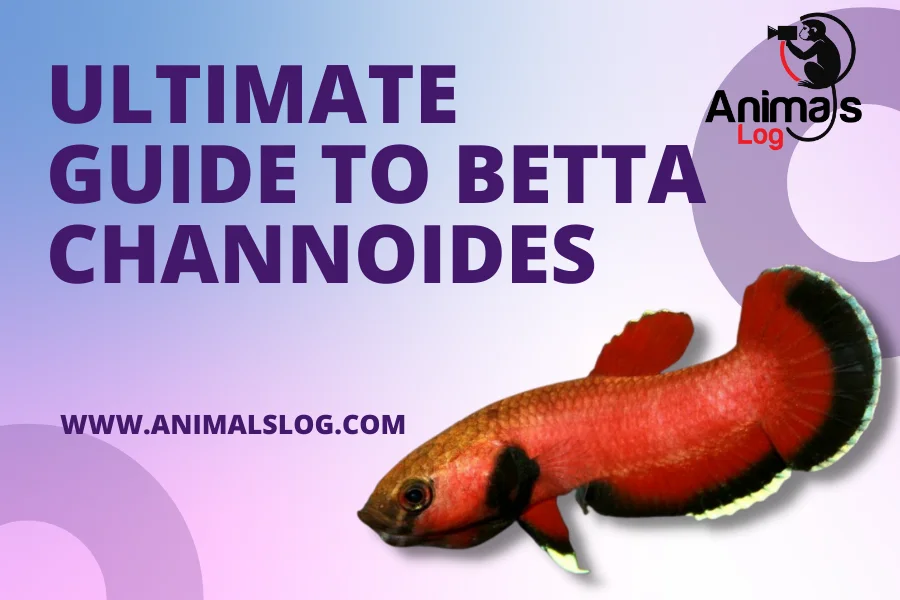As we all know, betta fish are among the most popular aquarium fish, and they hold this position rightfully. However, having a showy experience is not all a beta fish is famous for. Betta fish is also known for having a bad temperament. Therefore, you might be wondering whether it is a good idea to keep an Amano shrimp with betta fish.
As it is true for most aquatic creatures, if you want to keep an Amano shrimp with betta fish, the first thing to consider is your betta’s temperament and personality. If your betta fish is too aggressive and territorial, then keeping an Amano shrimp with betta fish might not be a good idea. Even if the betta’s temperament is feasible then there are other factors too to take into consideration.
Keeping Amano Shrimp With Betta Fish
There is absolutely no issue in keeping an Amano shrimp with betta fish as long as the temperament of your betta fish is good and it is not too aggressive towards other fish in the tank. Even if the betta fish is not that aggressive towards your shrimp, other tank conditions should also be kept at the optimum level.
Before adding an Amano shrimp with a betta fish, you should first consider putting a shrimp of the correct size. The size of the shrimp is significant as betta fish generally view shrimps as a source of food. Any shrimp that can fit in a betta fish’s mouth will get eaten by it.
Thus, it is essential to consider the individual behavior of your betta fish towards other fish and the size of the Amano shrimp. Preferable conditions are a relatively calm and peaceful betta fish with a shrimp that is longer than 2.5 inches in length.
Adding Amano shrimp with betta fish also has some advantages. Firstly, Amano shrimps are excellent algae eaters. Thus, the presence of Amano shrimps prevents unwanted algae build up in the betta tank. Additionally, Amano shrimps can be put in small tanks as well.
Amano Shrimp With Betta Fish: Compatiblity Factors

Water Temperature
Fortunately, both Amano shrimp and betta fish require similar water temperatures. Betta fish need a water temperature that is between 76 and 82 degrees Fahrenheit. On the other hand, an Amano shrimp requires a water temperature of 70 to 80 degrees Fahrenheit.
As a result, it is evident that both betta and angelfish like warm water. If you could keep the water temperature at 78 degrees Fahrenheit, it would be great for both the fish. However, if the water temperature in the tank is not at the optimum range, the fish may become stressed.
Water pH Level
A betta fish requires a water pH level ranging between 6 and 8. While, on the other hand, an Amano shrimp requires a water pH level between 6 and 7. Thus, as long as you keep the water pH at about 7, you should not have any problem.
Keeping a neutral water condition is essential. However, both Amanio shrimp and betta fish can endure slightly acidic water. Thus, as long as you keep the water pH between 6.5 and 7, both your fish will be happy in the tank setup.
Behavior
As we all know, betta fish are pretty aggressive and territorial. Betta fish have a bad temperament. Thus, it isn’t easy to find a tank mate for a betta fish. This behavior, however, varies from betta to betta. Some are calm, while others are incredibly aggressive.
Amano shrimp with betta are usually kept in schools of 3 to 5. They are generally relatively peaceful and calm creatures. However, during the time of feeding, you may notice some aggression by them. You may also see a charge from an Amano shrimp after they have molted off their old shell.
It is also a known fact that male betta fish are more aggressive than female betta fish. Thus, you have a better chance of successfully keeping a female betta fish with an Amano shrimp than a male betta fish.
Tank Conditions
Tank size is not an issue when we have to keep an Amano shrimp with betta fish. Amano shrimp results in almost no bioload and do not require a large tank to live in. A betta fish needs a tank that is at least 3 to 5 gallons in size.
The most feasible tank size for keeping an Amano shrimp with betta fish is a 5 gallons tank. You can keep a school of 3 to 5 Amano shrimps with a betta fish in a 5 gallons tank. Additionally, you must also keep in mind to add a sufficient amount of tank decors like plants.
This ensures that you provide both Amano shrimp and betta fish with enough hiding places within the tank. Hiding spots are particularly needed by the Amano shrimps immediately after their molting process ends. This ensures that their new shell grows appropriately.
Food Requirements
Betta fish are carnivores by nature, while Amano shrimp are mainly algae eaters. Thus, as you can see, the dietary requirements of both these creatures differ widely. You have to prepare separate balanced diets for your betta fish and Amano shrimps.
An ideal betta fish diet consists of quality betta pellets, betta flakes, bloodworms, frozen brine shrimp, and daphnia. On the other hand, a perfect Amano shrimp diet consists of blanched veggies and algae wafers. Thus, betta fish needs a meaty protein-rich diet, and Amano shrimp needs a leafy diet.
FAQs on Keeping Amano Shrimp With Betta
How many Amano shrimp with betta fish?
You should keep a school of at least 3 to 5 Amano shrimps with your betta fish in a 5 gallons tank.
How long do Amano shrimps live?
Amano shrimp can live up to 2 to 3 years in a tank environment if proper care is taken.
Can a betta fish eat an Amano shrimp?
Betta fish will eat anything that can fit in its mouth. Thus, it is advised to get a tank mate who is longer than 2.5 inches in length.
How often do Amano shrimp molt?
Amano shrimp molting occurs once every 5 to 6 weeks. However, determining the correct period within which an Amano shrimp molts is difficult.
Final Thoughts
Thus, if you are thinking of keeping Amano shrimp with betta fish, you should go for it as long as your betta fish is not too aggressive. Also, make sure that all the required tank conditions are met before adding the two together.







